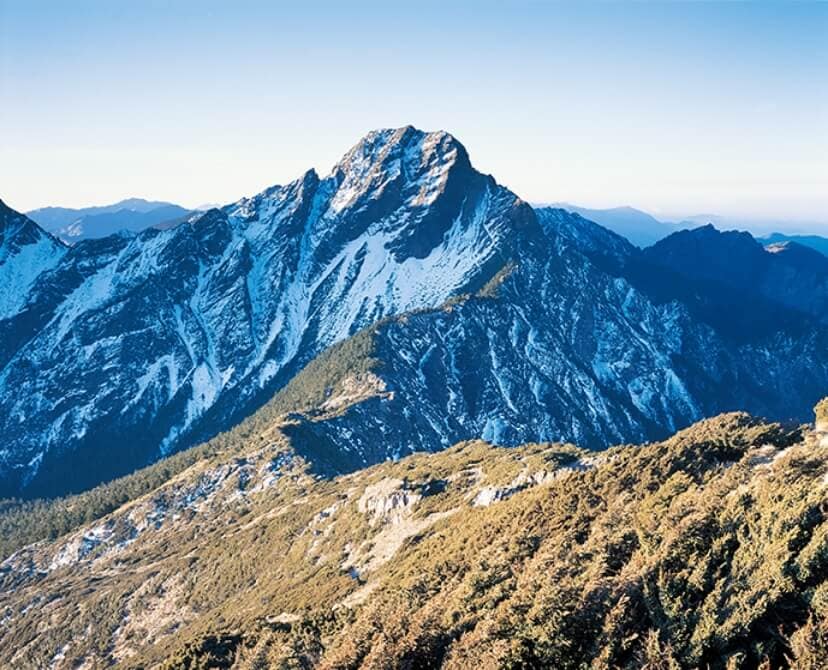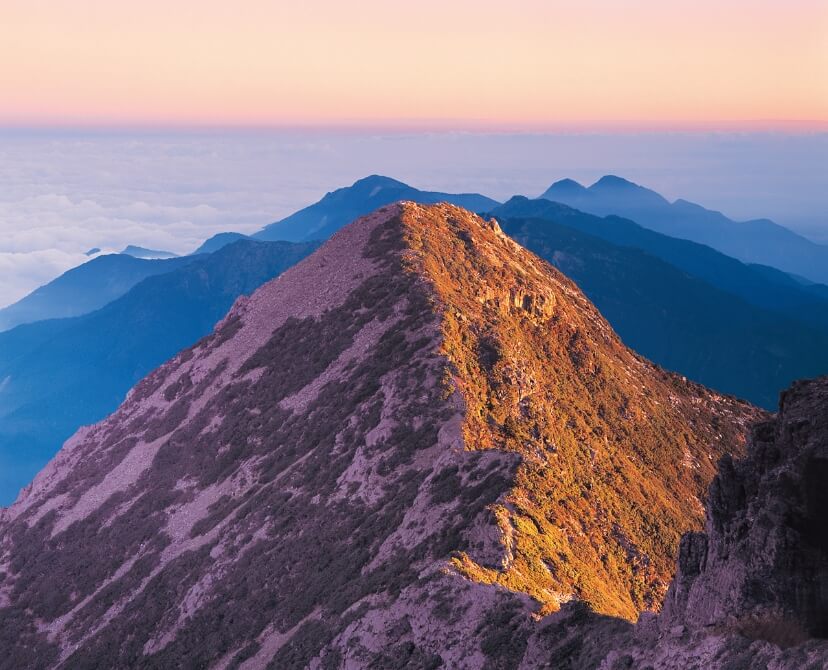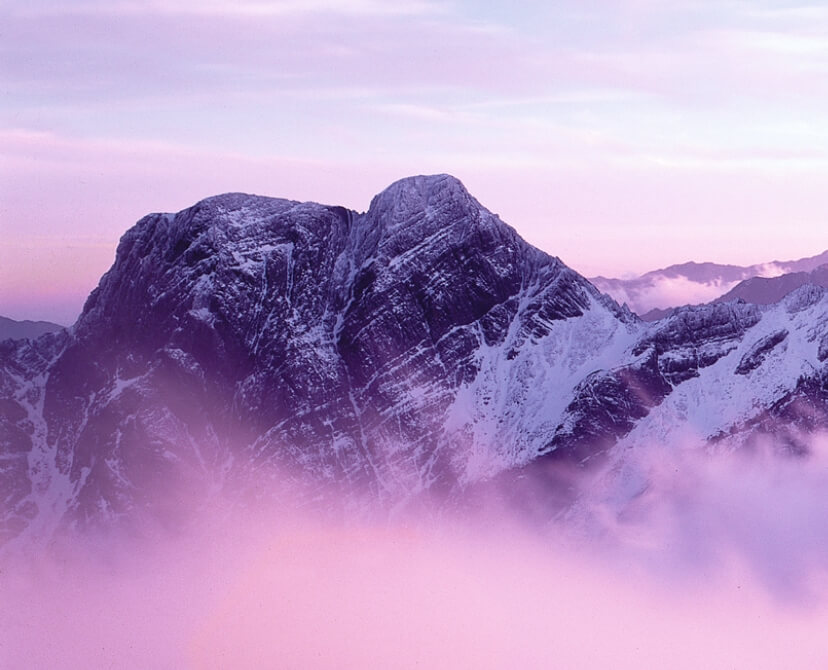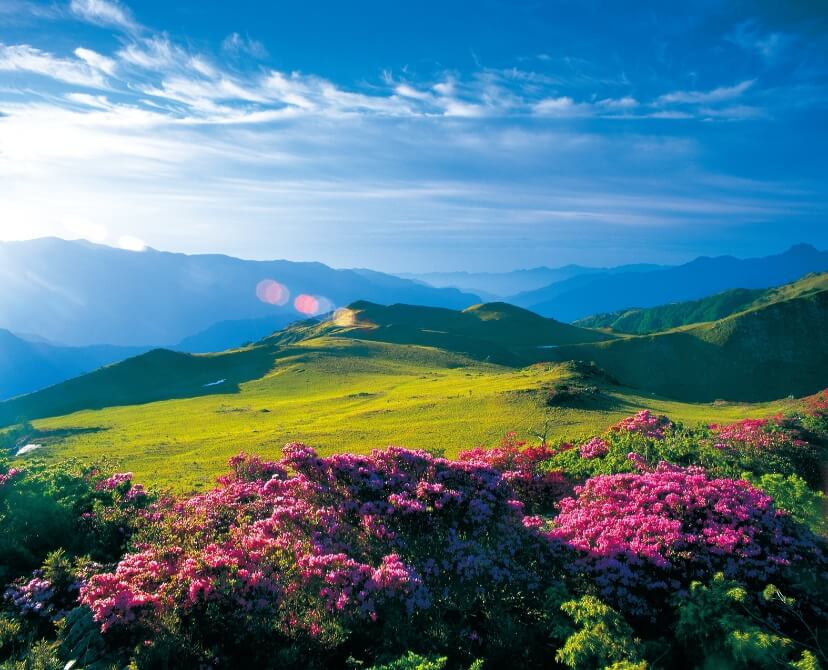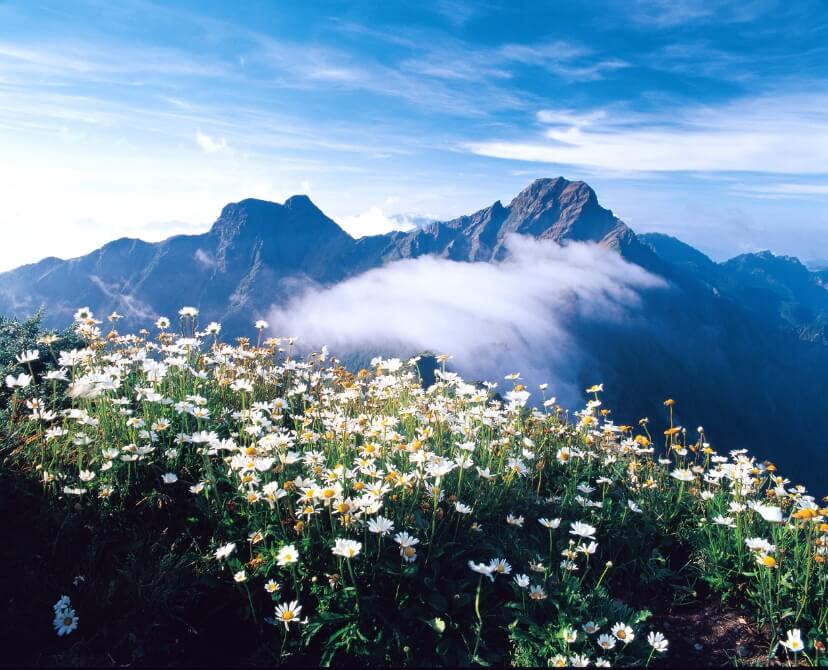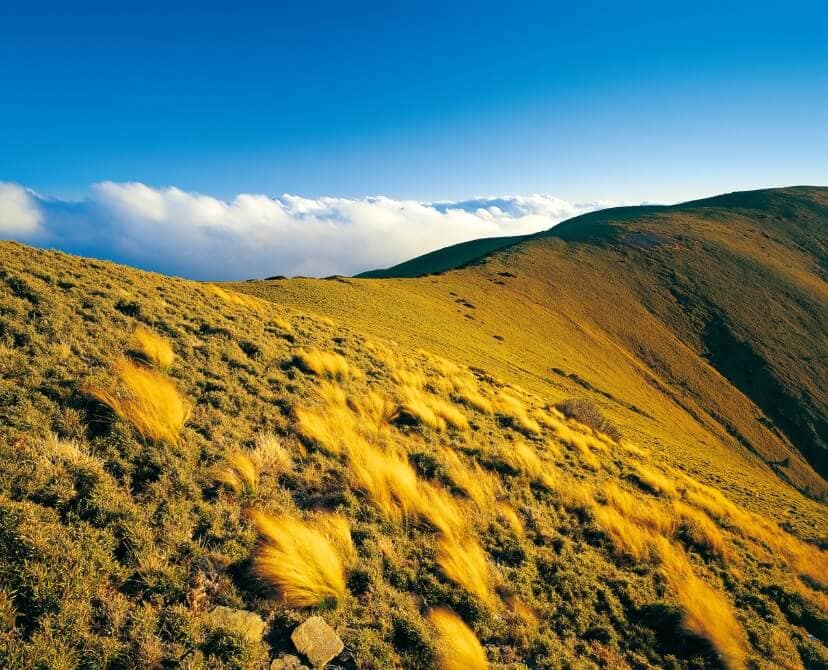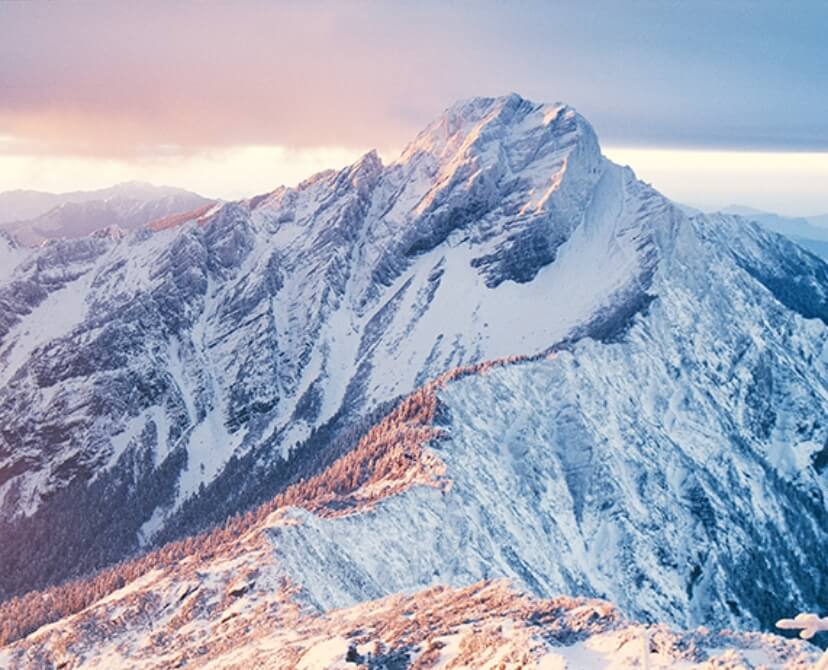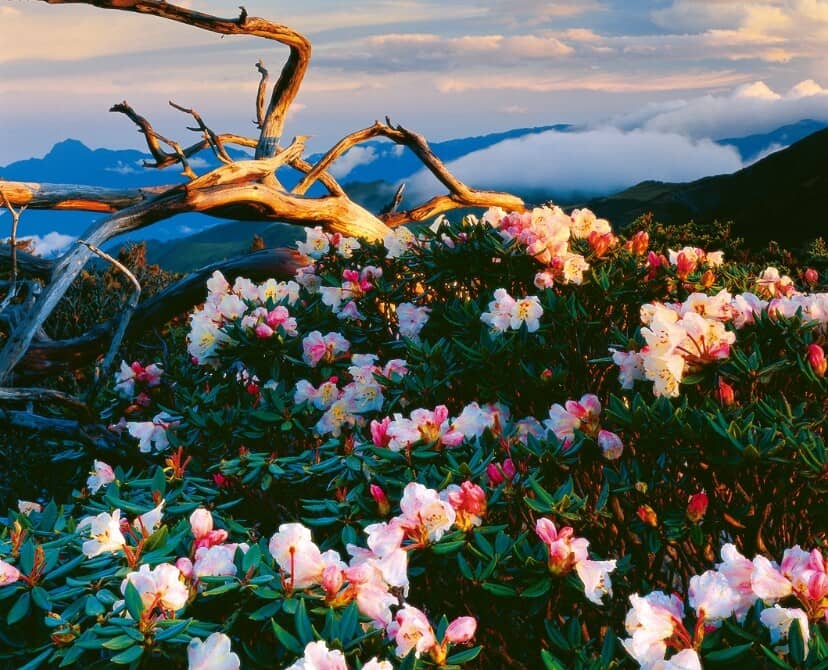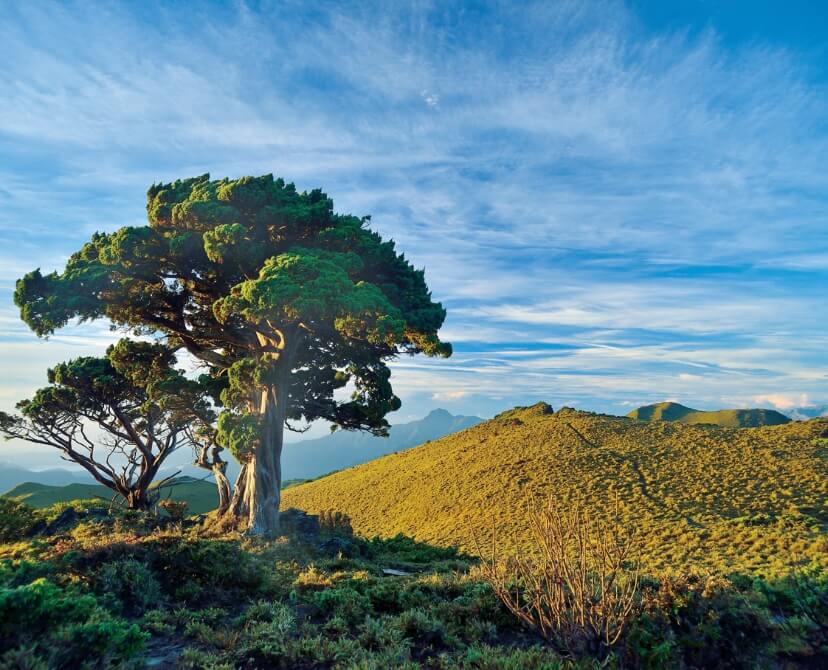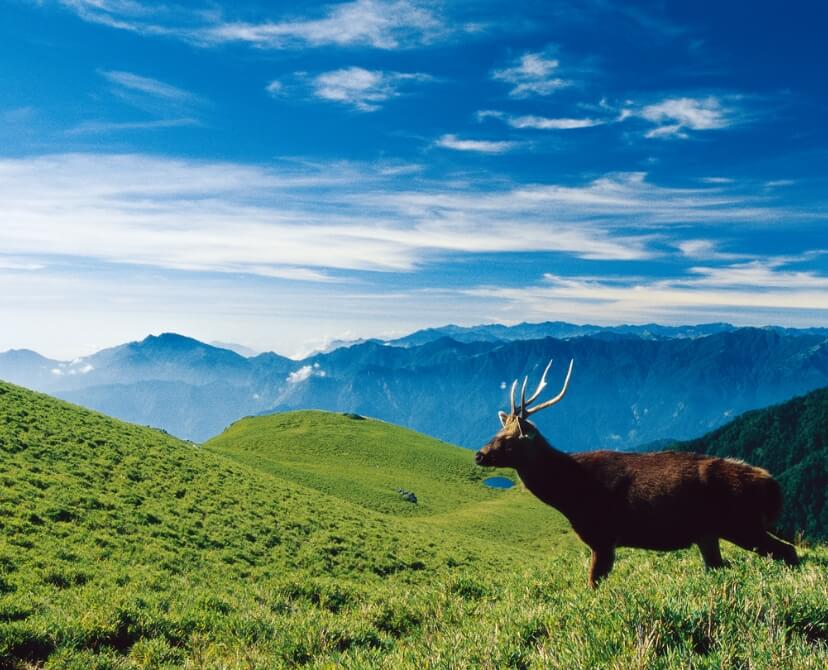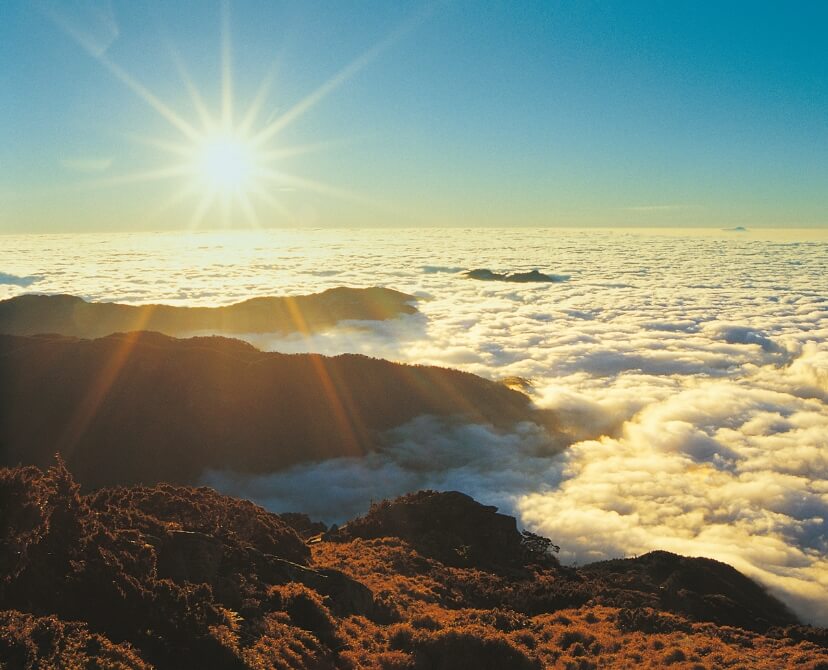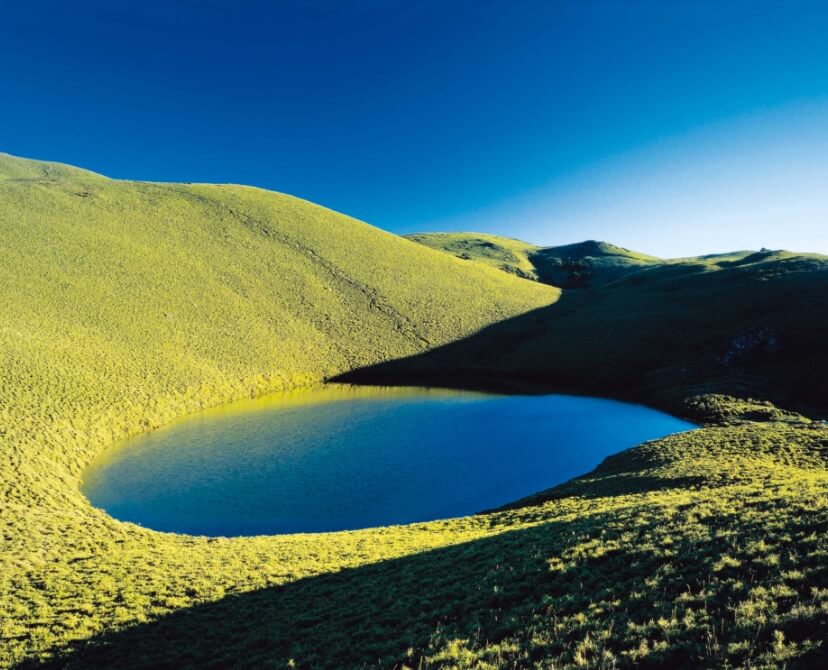The Main Peak of Yushan is 3,952 meters above sea level. It is the tallest mountain in
Taiwan, and the highest peak out of the 100 Peaks of Taiwan. It is also the highest peak
in Northeast Asia.
Named after the tallest mountain in Taiwan, E.SUN Bank endeavors
to become the best and most popular bank.
Main PeakLocated in the center of Taiwan, at 3,952 meters above sea level, it is the tallest mountain in Taiwan, and the highest peak out of the 100 Peaks of Taiwan. It is also the highest peak in Northeast Asia.
East PeakLocated on the east side of the Main Peak of Yushan, 3,869 meters above sea level, it is one of the peaks in the Yushan, and the third highest peak out of the 100 Peaks of Taiwan.
North PeakThe North Peak of Yushan is 3,858 meters high. It was known as the North Mountain, New High North Mountain, and Douliu New High Peak during the Japanese colonial period. It is one peak away from Yushan’s Northern North Peak, and is shaped like a camel’s hump, which is why it was called Tiantuo Peak (“Camel Peak”) by Taiwanese mountaineer Xing Tian-Zheng.
South PeakThe South Peak of Yushan is 3,844 meters high, and was known as the South Mountain and New High South Mountain during the Japanese colonial rule. It is also known as Tianlong Peak (“Dragon Peak”) because of its resemblance to a flying dragon when viewed from the Main Peak.
